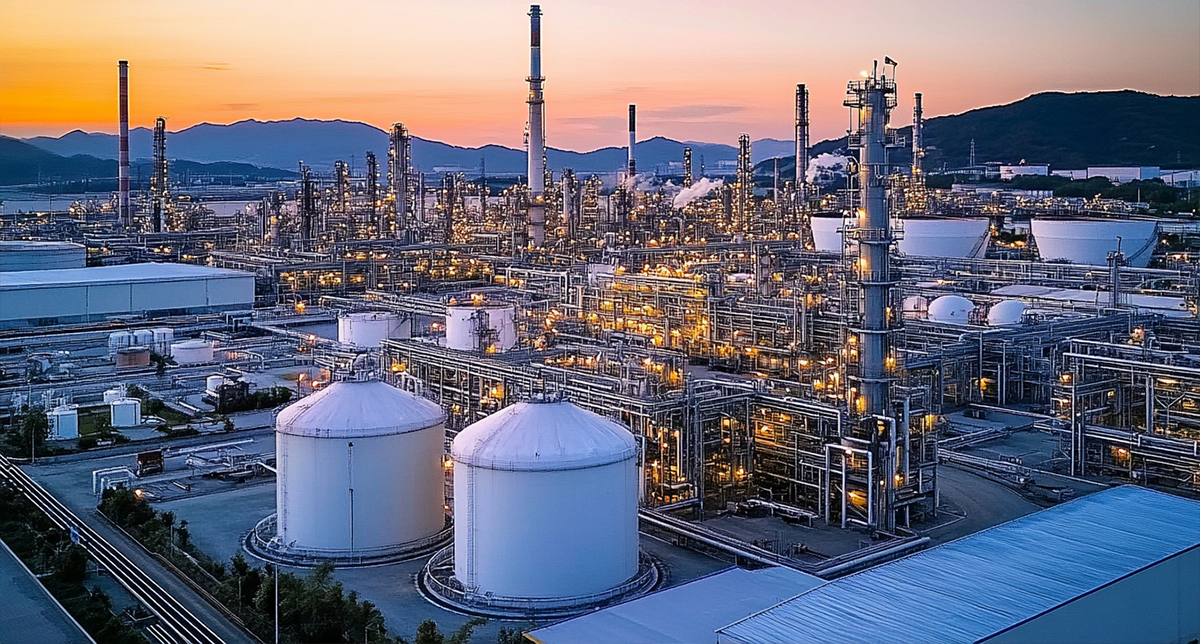Introduction to NMP Wastewater Treatment
Introduction to NMP Wastewater Treatment
N-Methylpyrrolidone (NMP)
N-Methylpyrrolidone, or NMP, is an organic compound with the chemical formula C₅H₉NO. It appears as a colorless to light-yellow transparent liquid with a slight ammonia-like odor. NMP mixes completely with water in any ratio and is also soluble in ether, acetone, esters, halogenated hydrocarbons, aromatic solvents, and almost all other organic solvents.
NMP is a polar aprotic solvent known for its high boiling point, strong dissolving power, low viscosity, and excellent chemical and thermal stability. In the electronics industry, it’s widely used to dissolve electrode materials in lithium battery coating processes. In chemical manufacturing, it serves as an effective extraction agent, and in paints and inks, it acts as a key solvent. However, wastewater generated during NMP use is challenging to treat and poses serious environmental risks if mishandled. Proper NMP wastewater management is critical.
1. NMP Production Process
1.1 Raw Materials: Gamma-Butyrolactone (GBL) and Methylamine
GBL reacts with methylamine under controlled temperature and pressure. The amino group in methylamine attacks the carbonyl group of GBL, forming an intermediate that undergoes intramolecular rearrangement to produce NMP. This liquid-phase reaction requires catalysts (e.g., alkaline catalysts) to speed up the process and improve yield.
1.2 Reaction Conditions
Temperature: 150–200°C
Pressure: 2–5 MPa
Duration: 3–5 hours
Reaction progress is monitored by tracking raw material consumption and product formation.
1.3 Separation and Purification
After the reaction, unreacted raw materials and byproducts are removed via vacuum distillation. Crude NMP is further refined through distillation to obtain high-purity NMP.
2. Sources of NMP Wastewater
2.1 Production Process
Water Washing: Post-production water washing removes impurities and catalysts, generating wastewater containing traces of NMP, byproducts, and residual catalysts.
Equipment Cleaning: Water used to clean production equipment (during maintenance or product changes) mixes with residual NMP, creating contaminated wastewater.
2.2 Lithium Battery Industry
Electrode Coating: NMP is used as a solvent in electrode coating. During drying, some NMP evaporates and is captured in scrubber systems, forming NMP-containing spray wastewater.
Floor Cleaning: Water used to clean spills of NMP-containing materials in production areas also becomes wastewater.
2.3 Chemical Manufacturing (e.g., Aramid Production)
Polymer Processing: NMP dissolves polymers during aramid synthesis. Post-reaction washing and fiber treatment (e.g., stretching, rinsing) generate large volumes of NMP wastewater.
Other Uses: NMP wastewater also arises from solvent recovery, product purification, and equipment cleaning in other chemical processes.
3. Characteristics of NMP Wastewater
3.1 High Concentration
COD (Chemical Oxygen Demand): Typically exceeds 5,000 mg/L due to NMP and other organic impurities.
Ammonia Nitrogen: Often exceeds 500 mg/L due to nitrogen-containing heterocyclic compounds.
Low Biodegradability: High COD and complex composition make biological treatment difficult.
3.2 Biotoxicity
NMP inhibits microbial growth and enzyme activity, disrupting biological treatment processes.
3.3 Environmental Persistence

Room 1204, Unit 1, Building 1, No.9 Industry West Road, Songshan Lake, Dongguan City, Guangdong Province, China



